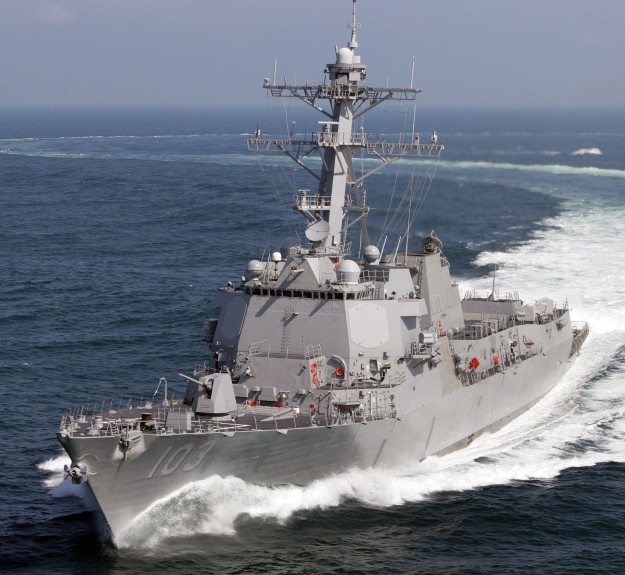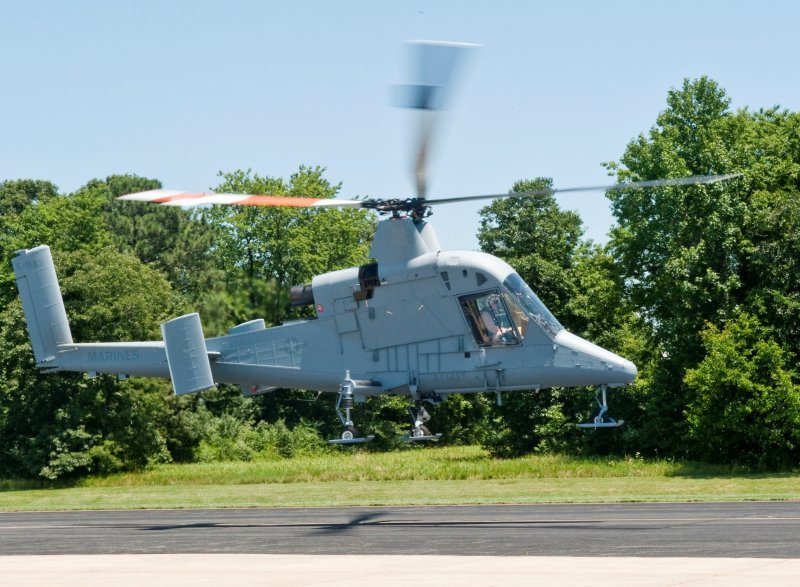Spain’s agreement to port U.S. ships at Naval Station Rota on the Atlantic coast will forge a deeper bilateral security relationship between the two nations and support NATO’s missile defense system, Defense Secretary Leon E. Panetta said here today.
Late in the afternoon on the first of two days of meetings among NATO defense ministers, Panetta, along with NATO Secretary General Anders Fogh Rasmussen and Spanish President José Luis Rodríguez Zapatero took the stage in Luns Auditorium at the alliance’s headquarters to announce the agreement.
“Today the [NATO] security partnership takes a major step in the right direction,” Panetta told reports at the briefing.
“With four Aegis ships at Rota,” he added, “the alliance is significantly boosting combined naval capabilities in the Mediterranean and enhancing our ability to ensure the security of this vital region.”
The relocation of assets is part of an ongoing U.S. effort to better position forces and defensive capabilities in coordination with European allies and partners, the secretary added.
In 2009, President Barack Obama announced that the United States would adopt a new approach to ballistic missile defense in Europe called the European Phased Adaptive Approach. The architecture would be more comprehensive than a previous program, Obama said in a statement at the time, and would deploy proven, cost-effective capabilities and ultimately protect the United States and its NATO allies against short-, medium- and intermediate-range missile threats.
The program is being implemented in four phases, beginning this year and ending in 2020. So far, Romania, Poland, Turkey and now Spain have agreed to participate by hosting land-based radars or missile sites or porting Aegis ballistic-missile-defense-capable ships carrying interceptor missiles.
“These ships will support NATO’s critical efforts to build an effective missile defense alongside important agreements that were recently concluded with Romania, Poland and Turkey,” Panetta said.
Spain’s decision represents a critical step in implementing the European phased-adaptive approach, as the alliance’s leaders agreed to at the 2010 NATO summit in Lisbon, Portugal, he added.
Beyond missile defense, the secretary said, the Aegis destroyers will perform other missions, including participating in standing NATO maritime groups and joining in naval exercises, port visits and maritime security cooperation activities.
“Following on the commitments of several other nations,” Rasmussen said, “this agreement takes us one step closer to our goal of operational capability and reinforces the ties of mutual commitment, mutual cooperation and mutual trust that bind our alliance.”
Such cooperation, he added, “is cooperation in action and smart defense at its best — nations working together and sharing together to provide something that benefits us all.”
Zapatero said that by 2013, Spain would “decisively support a large part of the naval portion” of the system. The system, the Spanish president added, will have a positive economic impact on Rota, requiring the presence of 1,100 military staff and their families, representing 1,000 jobs.
Participating in the effort will give the Spanish armed forces access to cutting-edge technology, he said, and increase the amount of cooperative training for U.S. and Spanish service members.
“I would like to thank NATO and the United States for having thought about Spain [for participation in the effort],” Zapatero added, calling it “a gesture of trust for our armed forces.”
Panetta said U.S. investment in the NATO missile defense system “should send a very strong signal that the United States is continuing to invest in this alliance and that we are committed to our defense relationship with Europe, even as we face growing budget constraints at home.”
“In this challenging fiscal environment, partnerships like NATO are even more essential to protecting our common interests,” the secretary said, adding that NATO’s naval presence in such a critical region will increase the safety and security of all member states.











